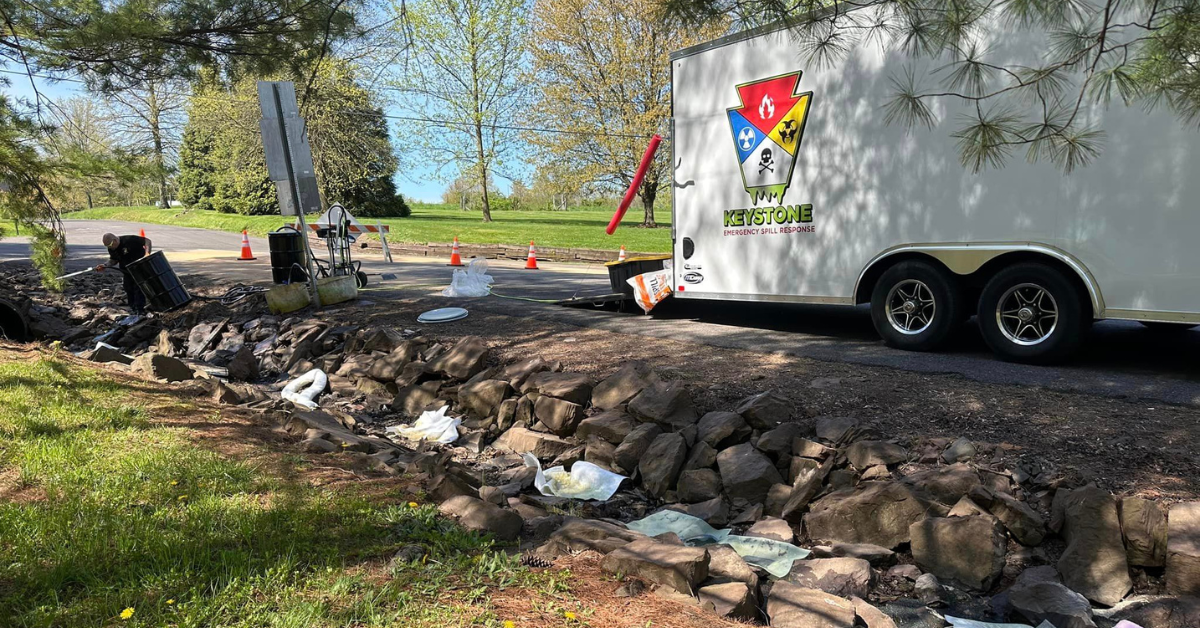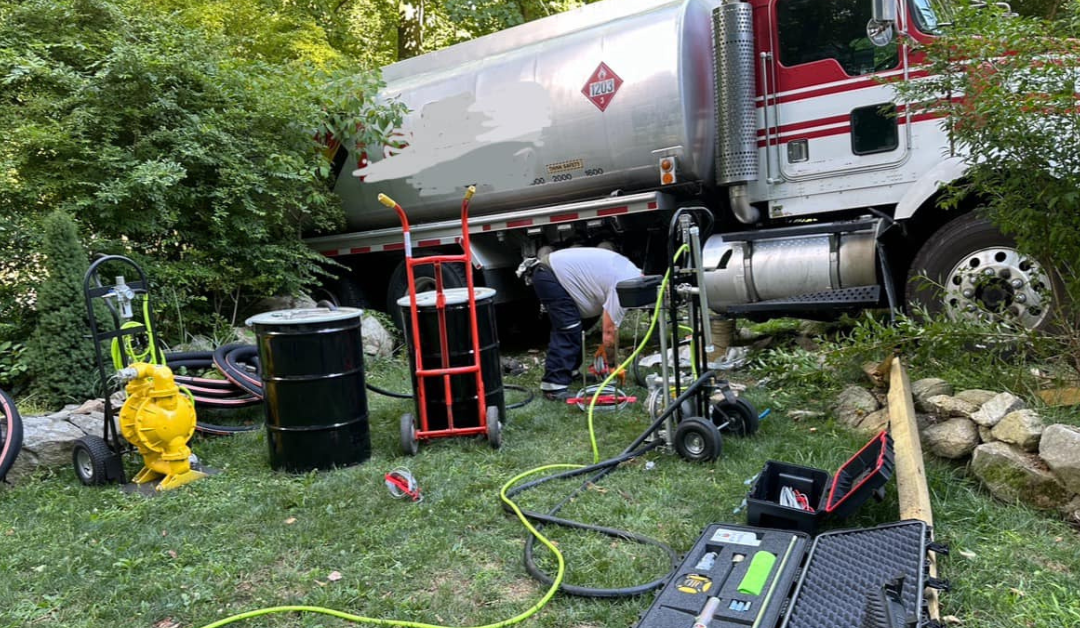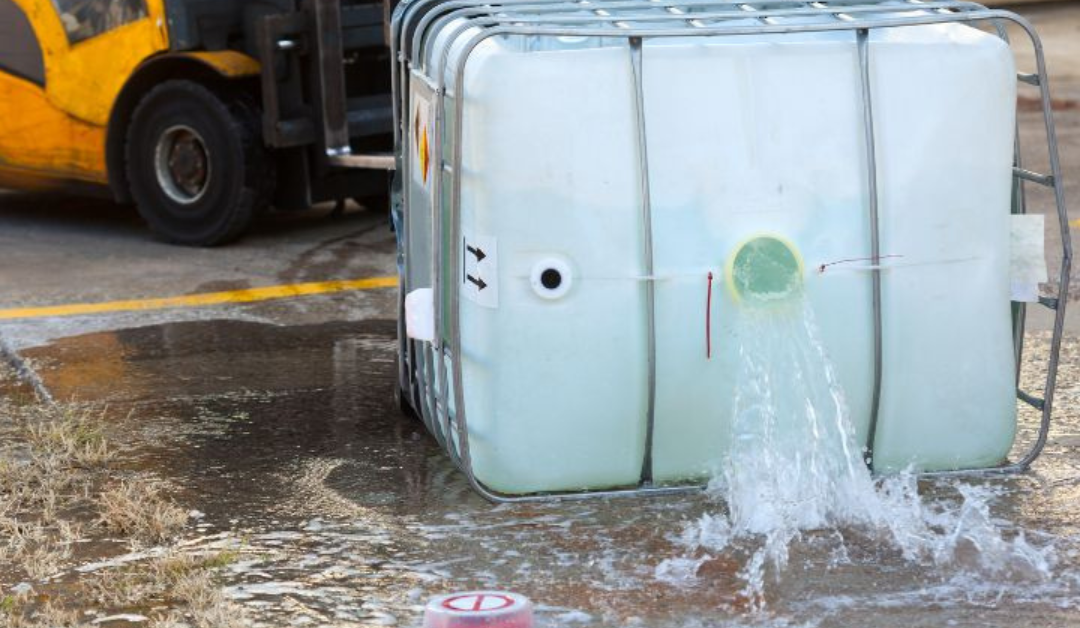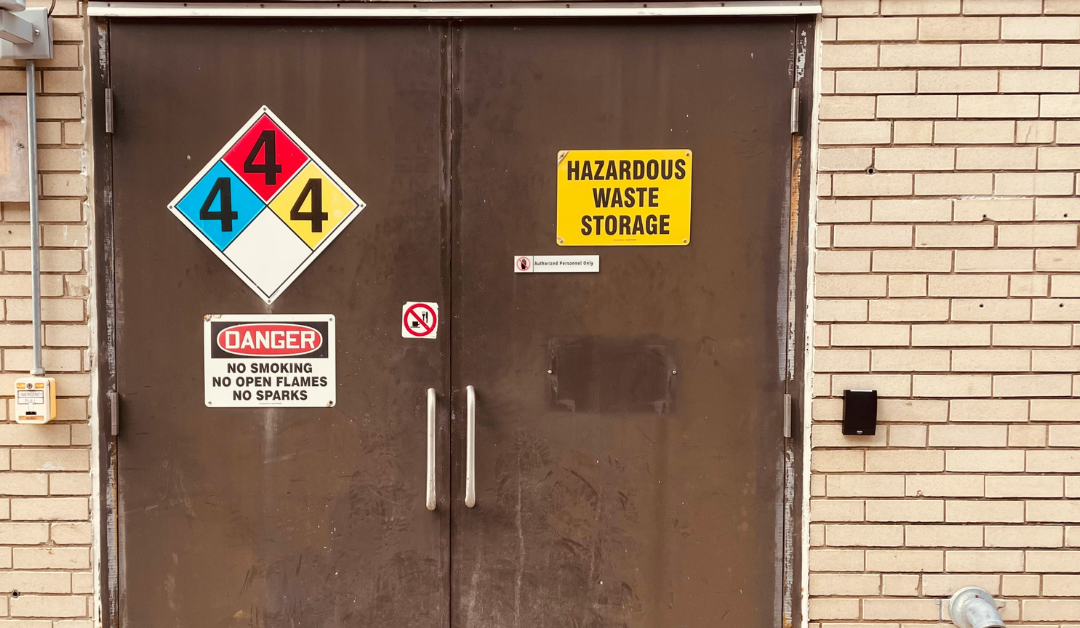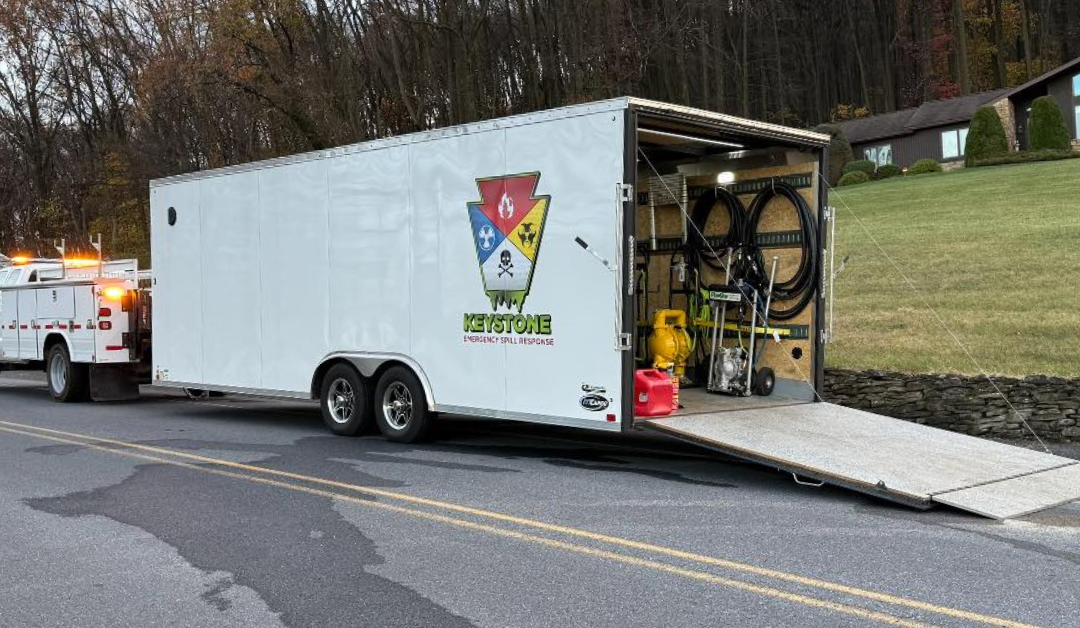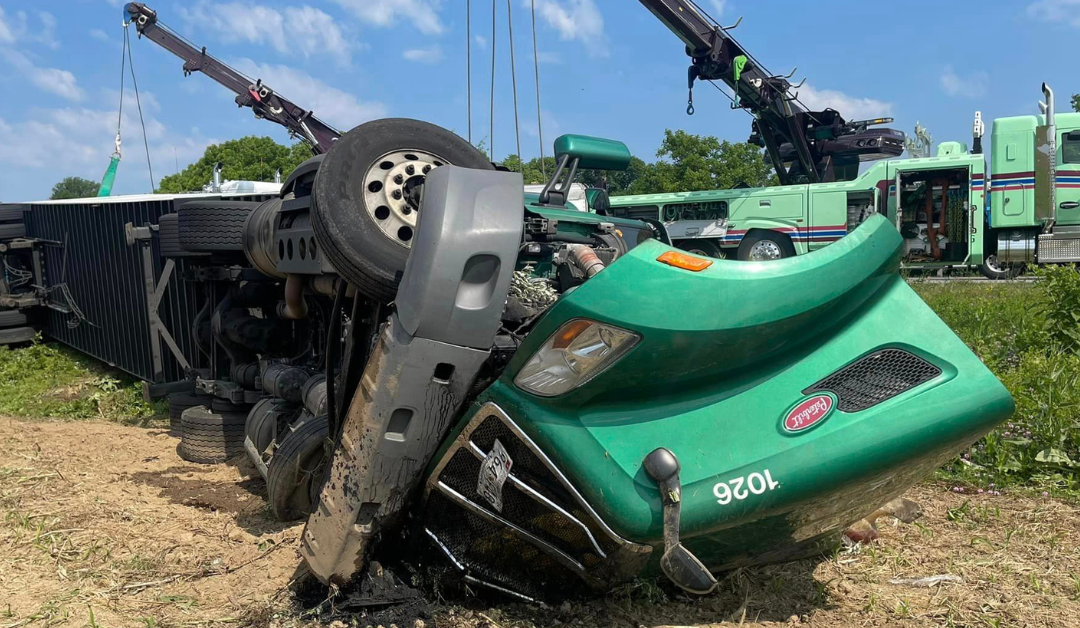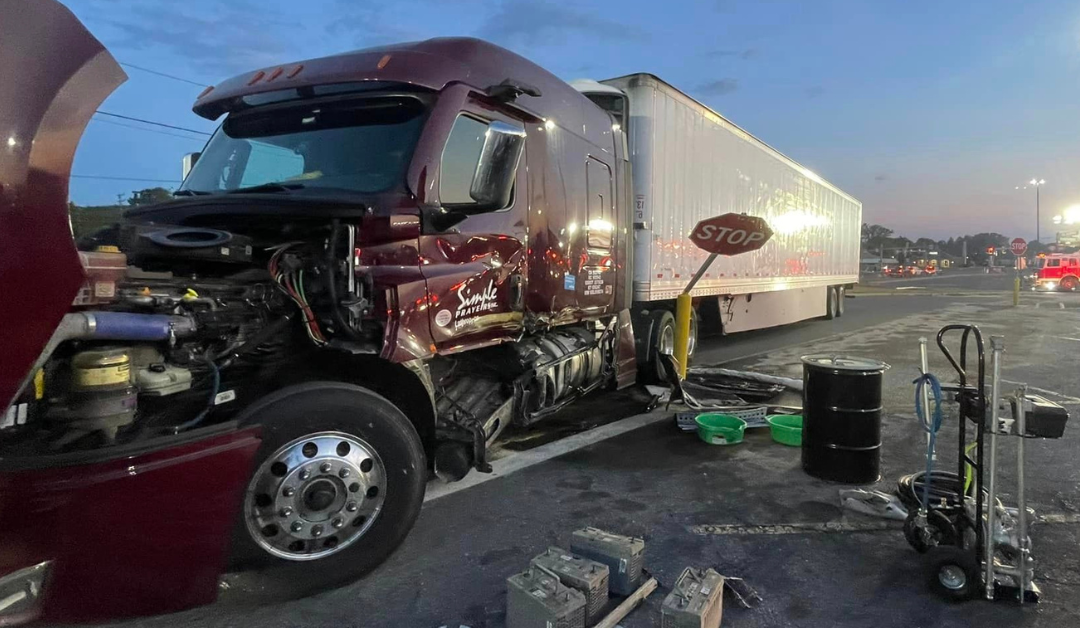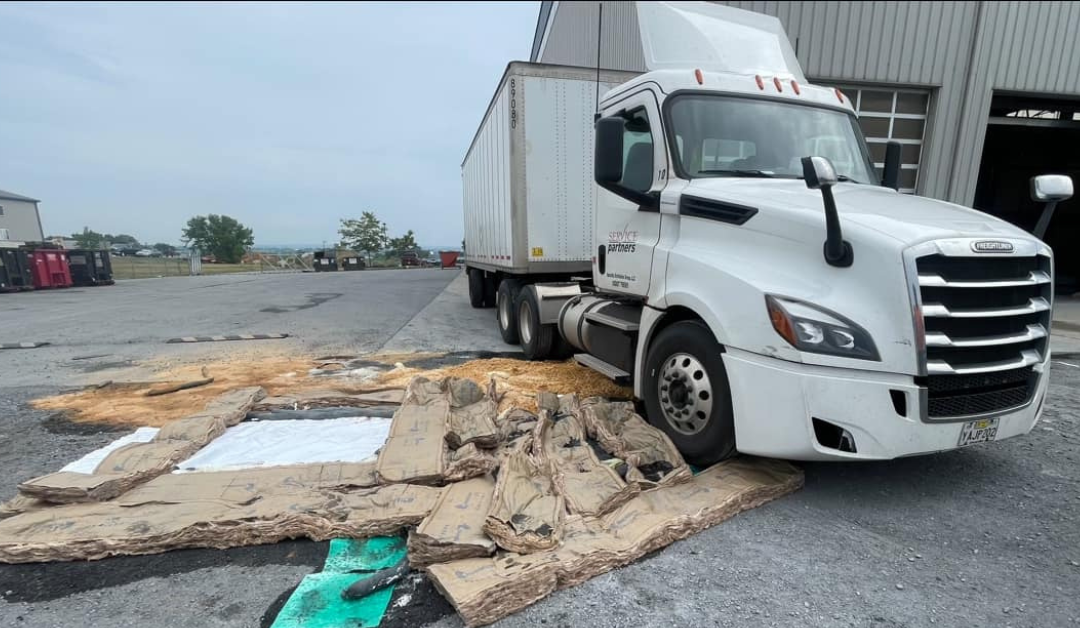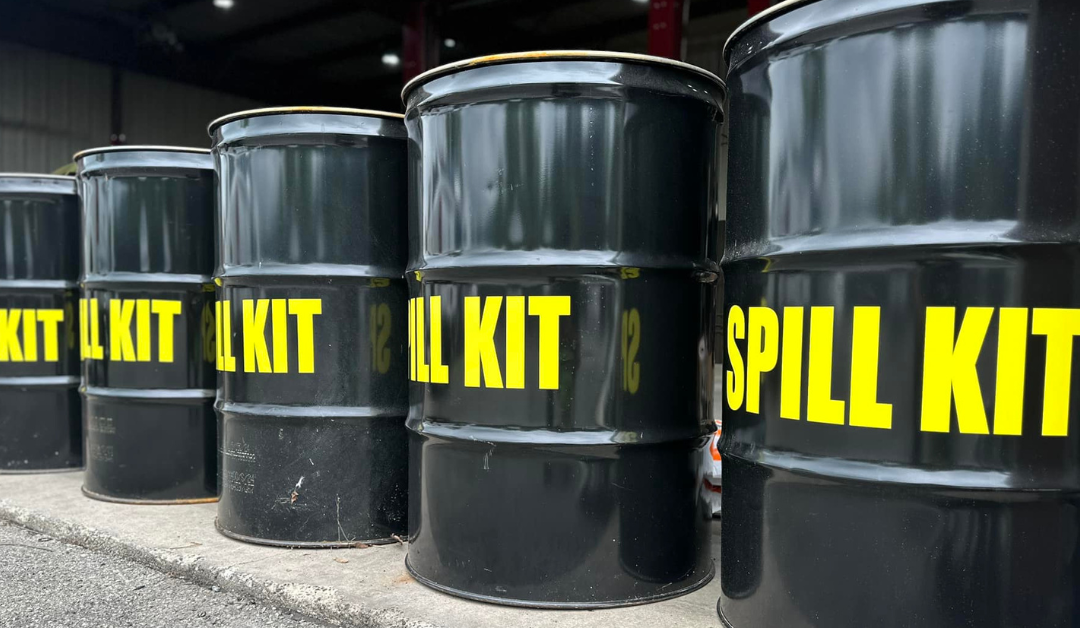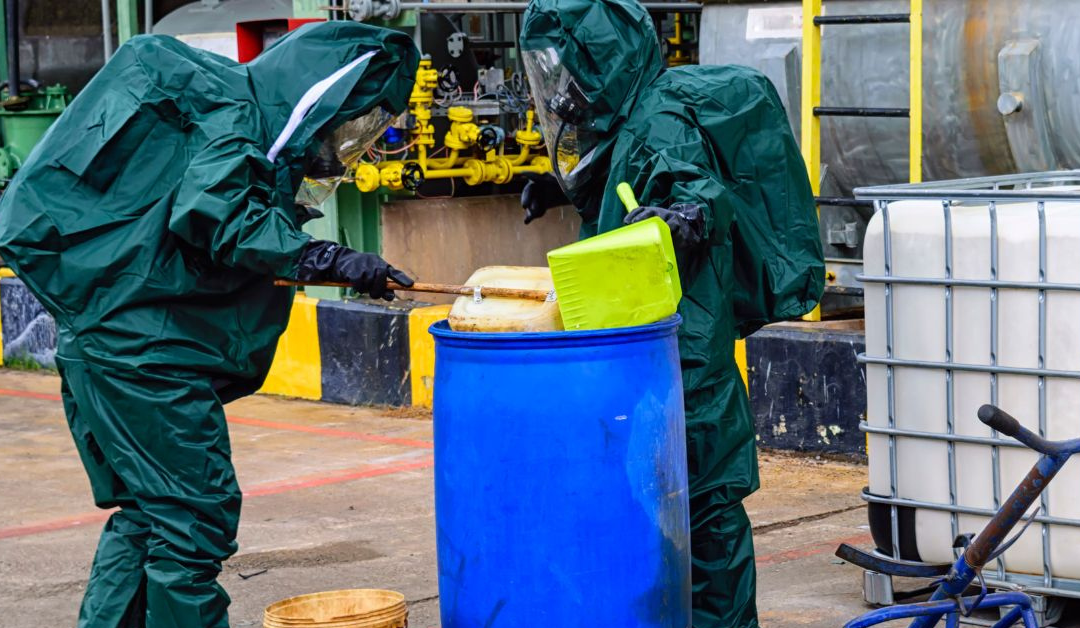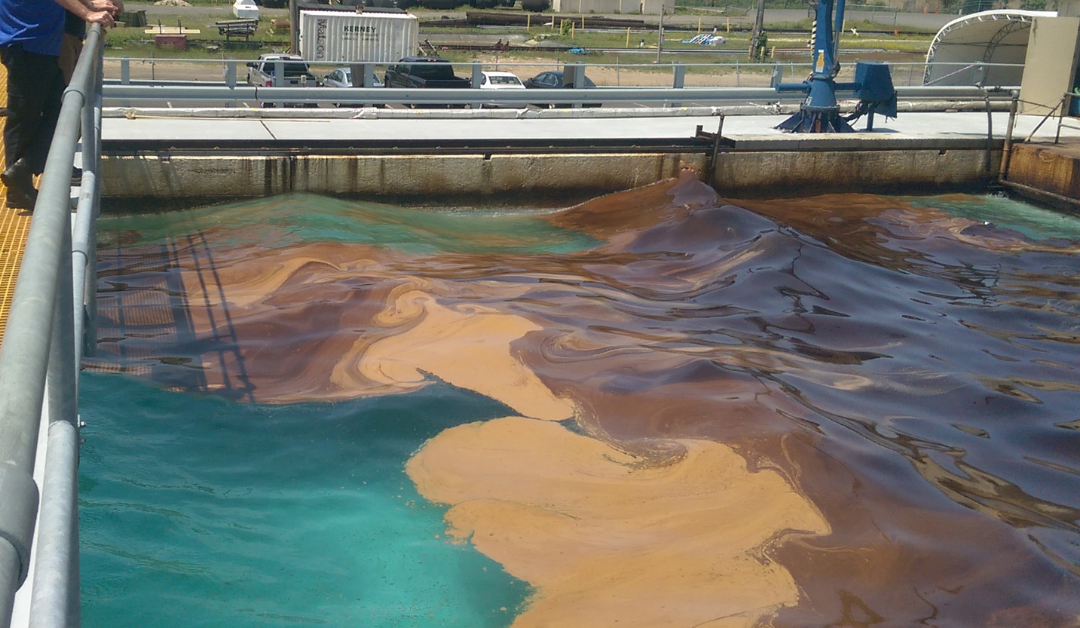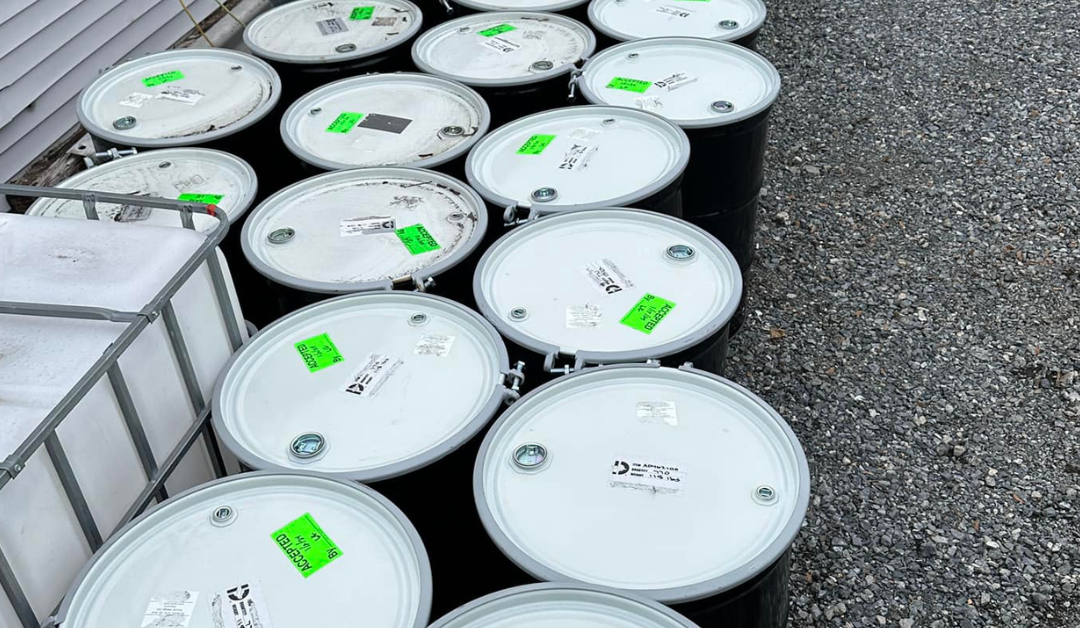Contaminated sites may leak hazardous material into the land or water. This can lead to potentially dangerous situations for both humans and the environment. Contaminated site remediation is an extremely important part of the cleanup of such areas so that they are safe again. To experts with knowledge and experience, contaminated site remediation is a necessity for community protection and preservation of ecosystems.
What is Contaminated Site Remediation?
Site remediation involves cleaning up areas contaminated by dangerous substances, whether on or below the ground. This process aims to remove or reduce hazardous chemicals and materials from sources such as soil, groundwater, and surface water, making them safe for both humans and the environment once again.
The cleanup method would depend on the type and degree of contamination. Some of the more common site remediation methods are as follows:
- Excavation and removal of contaminated soil
- Water treatment of contaminated water
- Special bacteria breaking up pollutants
- Chemical treatments designed to neutralize harmful substances
- Capping of the contaminated area so that it does not spread.
Contaminated site remediation is a highly complex process that requires proper planning and expertise. It often requires the collaboration of environmental scientists, engineers, and specialized cleanup crews who have to pull out all the stops to restore the site.
How to Know if a Site Needs Remediation
Identification of contaminated sites is necessary so that remediation measures can begin to protect public health and the environment. Here are some of the signs that may indicate a site needs contaminated site remediation:
- Unusual odors: Oily, chemical smells coming from the soil or water may indicate a warning.
- Discolored soil/water: Soils or nearby water bodies stained with unusual colors or oily sheen would likely point to an impacted area.
- Dead/dying plants: Dead spots where vegetation does not grow may mean that the soil is contaminated.
- Health problems: When people living or working close to a site begin to experience some unexplained health issues, contamination might be the key cause.
- Historical use: Sites that were used for industrial processes in the past, as dumping sites, or for storage of chemicals are likely to require contaminated site remediation measures.
Environmental consultants undertake comprehensive and detailed site assessments to ascertain the presence or absence of contamination that may require contaminated site remediation. The assessments include;
- Examination of the history of the site
- Collection of soil and water samples
- Sample analysis for various contaminants
- Risk assessment on humans and the environment
If the evaluation shows dangerous levels of contamination, then site remediation will need to be done.
Examples of When Site Remediation is Required
Site remediation is a requirement where hazardous materials have contaminated an area. The following are a few of the common examples:
Industrial sites
Old factories, particularly those that handled chemicals or heavy metals, frequently require site remediation. These websites can have decades of built-up pollution in the soil and groundwater.
Gas stations
A leaking underground storage tank in gas stations can contaminate soil and water with fuel, which needs urgent contaminated site remediation.
Landfills
Non-regulated or old landfills may release dangerous goods into the environment from around, in which case contaminated site remediation may be necessary.
Mining areas
Most abandoned mines leave behind harmful materials that will call for a lot of site remediation to save the place again.
Agricultural land
Pesticides and fertilizers, when excessively used, can contaminate the soil and water which requires remediation thereafter.
Spill sites
Many hazardous material accidents need instant responses for site remediation. Examples include chemical spills from trucks or train derailments.
Military bases
Contaminated sites include areas used for weapons training or testing, which are affected by various pollutants.
In such cases, site remediation becomes very important in the interest of public health and rebalancing of the environment. The approach to remediation of contaminated sites will differ depending on the degree and type of pollution and the future use of the site.
5 Key Reasons Why Professional Remediation is Important
Though the need for site remediation may seem obvious, it is not a task where you can cut corners. Professional contaminated site remediation services offer numerous key advantages, such as the following:
- Expertise: Trained professionals understand the complex science behind the different types of contamination and the most effective remediation techniques.
- Safety: Hazardous material handling is a dangerous task. Professionals who deal with site remediation have the training and proper equipment for the job.
- Compliance: Site remediation is governed by strict legislation. The experts make all efforts to ensure that the cleaning processes are per the requirements of the law.
- Thoroughness: A professional site remediation group will conduct all required tests to identify every source of contamination and start operations to address them.
- Efficiency: Through experience and specialized equipment, professionals can undertake contaminated site remediation more effectively and quickly compared to an untrained individual.
Site remediation is an important process that cleans up polluted areas, thus protecting human health and the environment. This involves expert planning—from the identification of contamination to complex strategies of cleanup—probably at an old industrial site, a recent spill, or any other place where hazardous materials might have seeped into the environment. Contaminated site remediation offers restoration and renewed safety.
Understand why remediation of contaminated sites is important and when it’s necessary, and we can all do much for a cleaner and healthier world. If you suspect that your area might be contaminated, don’t hesitate to seek professional contaminated site remediation services. With their expertise, they transform polluted sites into safe and usable spaces for communities to enjoy.
Follow us on Facebook to stay up to date with the latest at Keystone Emergency Spill Response.

